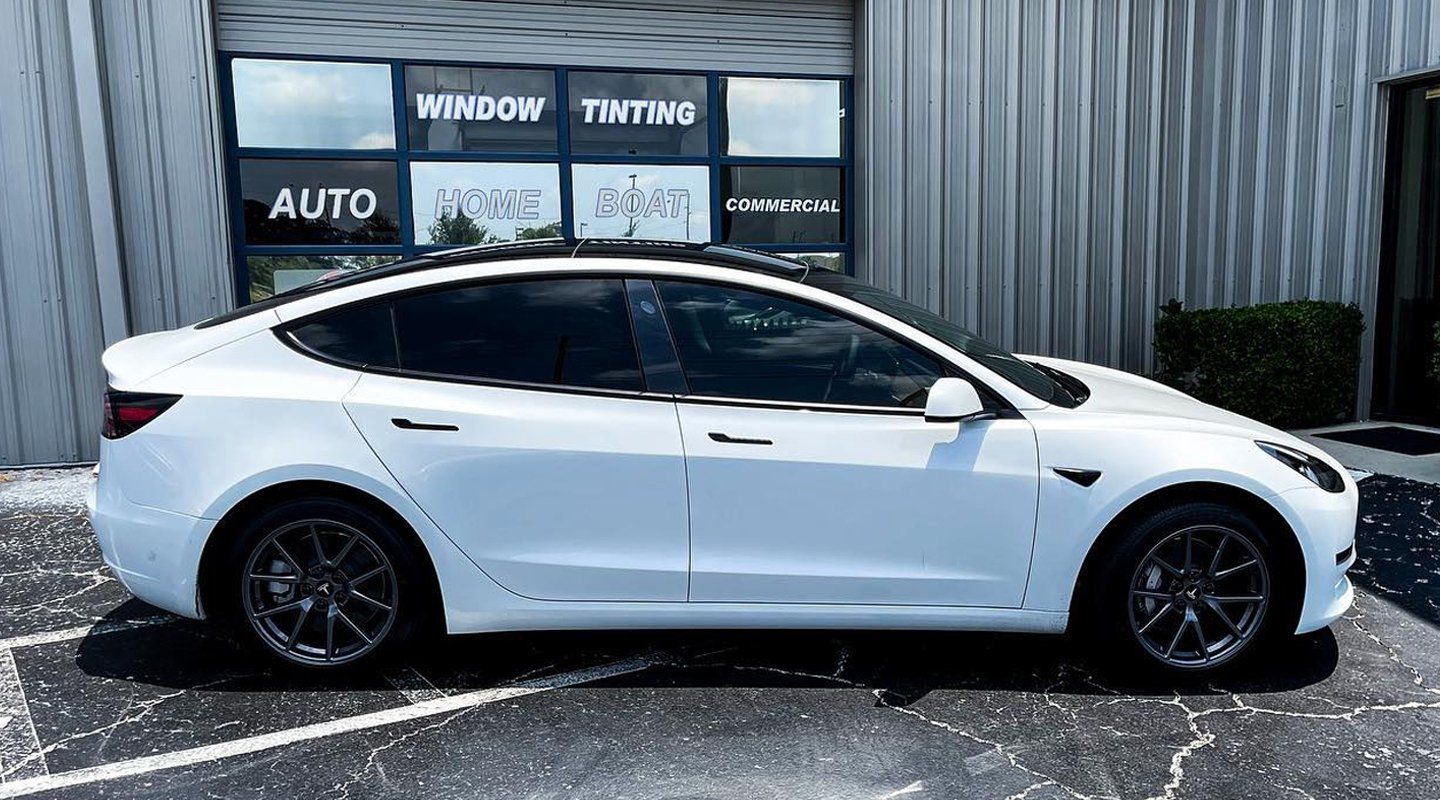
Ceramic window tint is a popular choice for vehicle owners looking to protect their interiors from the sun's harmful rays while also enhancing privacy and security. In this ultimate guide, we will explore the benefits of ceramic window tint, discuss the costs associated with installation, and provide a step-by-step guide for installing ceramic window tint on your vehicle.
Benefits of Ceramic Window Tint
1. High Heat Rejection
- Ceramic window tint is known for its excellent heat rejection properties, keeping your vehicle cool even on the hottest days.
2. UV Protection
- Ceramic window tint blocks up to 99% of harmful UV rays, protecting your skin and preventing fading of your vehicle's interior.
3. Glare Reduction
- Reduced glare from the sun improves visibility while driving, making your journey safer and more comfortable.
4. Privacy and Security
- Ceramic window tint enhances privacy by making it difficult for outsiders to see inside your vehicle, also providing some level of security against break-ins.
Costs of Ceramic Window Tint
The cost of ceramic window tint installation can vary depending on several factors, including the size of your vehicle, the type of ceramic tint you choose, and the professional installer's rates. On average, you can expect to pay anywhere from $200 to $800 for ceramic window tint installation.
Factors that influence the cost of ceramic window tint include:
- Size of the vehicle: Larger vehicles require more material and time to install, resulting in higher costs.
- Type of ceramic tint: Premium ceramic tints with advanced features may cost more than standard ceramic tints.
- Professional installer rates: Experienced installers may charge higher rates for their services.
Installation Guide for Ceramic Window Tint
Step 1: Gather Materials
- Ceramic window tint film
- Spray bottle with soapy water
- Squeegee or window tinting tool
- Clean microfiber cloth
Step 2: Prepare the Windows
- Clean the windows thoroughly to remove any dirt, dust, or debris that may interfere with the tint application.
Step 3: Cut the Tint Film
- Measure and cut the ceramic tint film to the appropriate size for each window, leaving a small margin around the edges for a precise fit.
Step 4: Apply the Tint Film
- Spray a generous amount of soapy water on the window to act as a lubricant for the tint film.
- Peel off the protective backing from the tint film and carefully apply it to the window, smoothing out any air bubbles or wrinkles with a squeegee.
Step 5: Trim the Edges
- Trim any excess tint film from the edges of the window using a sharp blade for a clean finish.
Step 6: Final Touches
- Gently press the tint film with a clean microfiber cloth to remove any remaining water or air bubbles, ensuring a smooth and even application.
Step 7: Let it Cure
- Avoid rolling down the windows or cleaning the tinted surface for at least 2-3 days to allow the tint film to fully adhere to the glass.
By following these steps carefully, you can achieve a professional-looking ceramic window tint installation on your vehicle, enjoying all the benefits it has to offer.
Conclusion
Ceramic window tint is a worthwhile investment for both the aesthetic appeal and practical benefits it provides. With its high heat rejection, UV protection, glare reduction, and privacy features, ceramic window tint can enhance your driving experience while protecting your vehicle's interior.
While the costs of ceramic window tint installation may vary, the long-term benefits outweigh the upfront expenses. By following our step-by-step installation guide, you can enjoy a well-executed ceramic window tint application that will last for years to come.